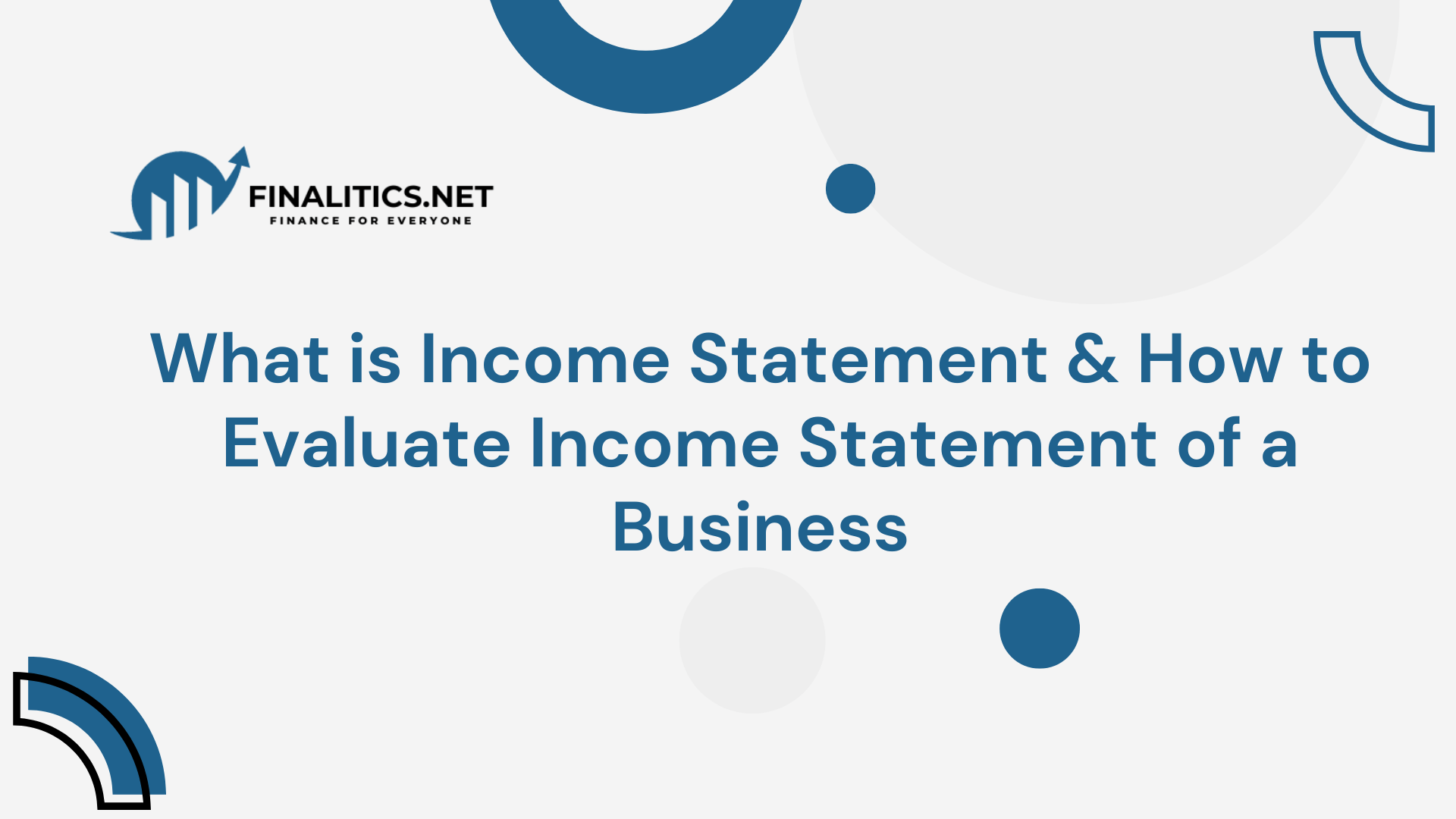Investing in the stock market can be exciting, especially when you see opportunities for big returns. But what if you don’t have enough cash to buy as many stocks as you’d like? That’s where buying on margin comes into play. It’s a way to use borrowed money to amplify your investment. Sounds great, right? But it comes with risks, such as margin calls and the possibility of losing more than your initial investment.
In this guide, we’ll break down buying on margin, explain the concept of maintenance margin and margin calls, and show you how it all works with easy-to-follow examples.
Table of Contents
- What Is Buying on Margin?
- Example of Buying on Margin
- What Is the Percentage Margin?
- What Happens If the Stock Price Drops?
- Maintenance Margin and Margin Calls
- Example of a Margin Call
- Leveraging Returns and Risks
- Key Takeaways
- Final Thoughts
What Is Buying on Margin?
Buying on margin means borrowing money from your broker to purchase more stocks than you could afford using just your own money. In simple terms, it’s like taking a loan to invest in the stock market.
Here’s how it works:
- You put up a portion of the purchase price (your equity).
- Your broker lends you the rest (a margin loan).
- You pay interest on the borrowed amount.
Your purchased stocks act as collateral for the loan. If the value of the stocks drops significantly, your broker may ask you to deposit more money or sell some stocks to cover the loan.
Example of Buying on Margin
Imagine you want to buy 100 shares of a stock priced at $100 each. The total cost would be:
100 × 100 dollars= 10,000 dollars.
- Let’s say you have $6,000 in cash.
- You borrow the remaining $4,000 from your broker to complete the purchase.
Your initial investment breakdown looks like this:
- Your equity (cash): $6,000
- Loan from broker: $4,000
Now, you own 10,000 dollars worth of stock, but only 6,000 dollars of it is your money.
What Is the Percentage Margin?
The percentage margin is a measure of your equity in the investment, expressed as a percentage of the total stock value.
The formula for percentage margin:
$$ text{Margin} = frac{text{Equity in Account}}{text{Value of Stock}} $$
Using the example above:
- Equity in Account: $6,000
- Value of Stock: $10,000
$$ text{Margin} = frac{text{Equity in Account}}{text{Value of Stock}} = frac{6,000}{10,000} = 60% $$
So, the initial percentage margin is:
This means you own 60% of the stock’s value, while 40% is borrowed.
What Happens If the Stock Price Drops?
Stocks don’t always go up. If the price of your stock falls, the total value of your account decreases, which also reduces your(investor’s) equity.
Let’s continue with the same example. Imagine the stock price drops to $70 per share.
- New value of your 100 shares = 100 × 70 dollars = 7,000 dollars
- Your loan from the broker remains the same: 4,000 dollars
- Your equity now = 7,000 dollars (stock value) – 4,000 dollars (loan) = 3,000 dollars
The new percentage margin is:
$$ left( frac{3,000}{7,000} right) times 100 = 43% $$
Maintenance Margin and Margin Calls
What Is Maintenance Margin?
A maintenance margin is the minimum percentage of equity you must maintain in your margin account. Brokers set this level (typically around 30%), and if your percentage margin falls below this level, you’ll face a margin call.
What Is a Margin Call?
A margin call happens when your account’s equity falls below the maintenance margin. At this moment, your broker will ask you to deposit more money or securities into your account or sell some of your stocks to reduce the loan amount.
If you don’t act, the broker can sell your stocks automatically to protect themselves from losses.
Example of a Margin Call
Let’s calculate when a margin call would occur in our example:
- Initial stock price: $100 per share
- Maintenance margin: 30%
To avoid a margin call, your percentage margin must stay at or above 30%.
The formula for margin call price is:
$$ text{Margin} = frac{text{NP} – text{Loan Amount}}{text{NP}} $$
Where,
N= Stock Volume
P= Stock Price
Let’s say, the stock price is P. The value of 100 shares is 100P. The equity is 100P−4,000(stock value minus loan).
The percentage margin is
$$ text{Margin} = frac{text{Equity in Account}}{text{Value of Stock}} = frac{6,000}{10,000} = 60% $$
Let’s say brokers have set the maintenance level to 30%. So, to find the price where the margin equals the maintenance level of 30%, the equation will look like this:
$$ frac{100P – 4,000}{100P} = 0.3 $$
Solving this equation:
$$ P = 57.14 $$
Conclusion: If the stock price falls below $57.14, the broker will issue a margin call.
Note that, if you knew the stock price before but not the maintenance margin rate, you can use the same equation as well!
Leveraging Returns and Risks
Upside Example (Stock Rises by 30%):
- Stock price increases to $130 per share.
- Total value of 200 shares = 200 x 130 = 26,000
- After paying back the loan (10,000 + 9% interest = 10,900). So, the investor has (26,000 – 10,900) = 15,100.
The initial investment was $10,000, so the return is:
$$ frac{15,100 – 10,000}{10,000} = 51% $$
Downside Example (Stock Drops by 30%):
- The stock price decreases to $70 per share.
- Total value of 200 shares = 200 X 70 = 14,000
- After paying back the loan (10,900), the investor is left with: 14,000 – 10,900 = 3,100
The initial investment was $10,000, so the return is:
$$ frac{3,100 – 10,000}{10,000} = -69% $$
Key Takeaways
- Buying on Margin allows you to amplify your returns by borrowing money to invest, but it also increases your risk.
- The percentage margin measures your equity as a percentage of your account’s total value.
- If your equity falls below the maintenance margin, you’ll face a margin call.
- While leveraging can lead to big profits, it can also magnify your losses, potentially wiping out your investment or leaving you in debt.
Final Thoughts
Buying on margin can be a powerful tool for experienced investors who understand the risks. However, for beginners, it’s important to be cautious. Always consider the downside risks before leveraging your investments. If you’re unsure, seek advice from a financial advisor or start with small, cash-only investments to learn the ropes.
Investing wisely is about balancing risk and reward. Margin trading offers opportunities for higher returns, but remember: the bigger the leverage, the bigger the risk.
Read More:



